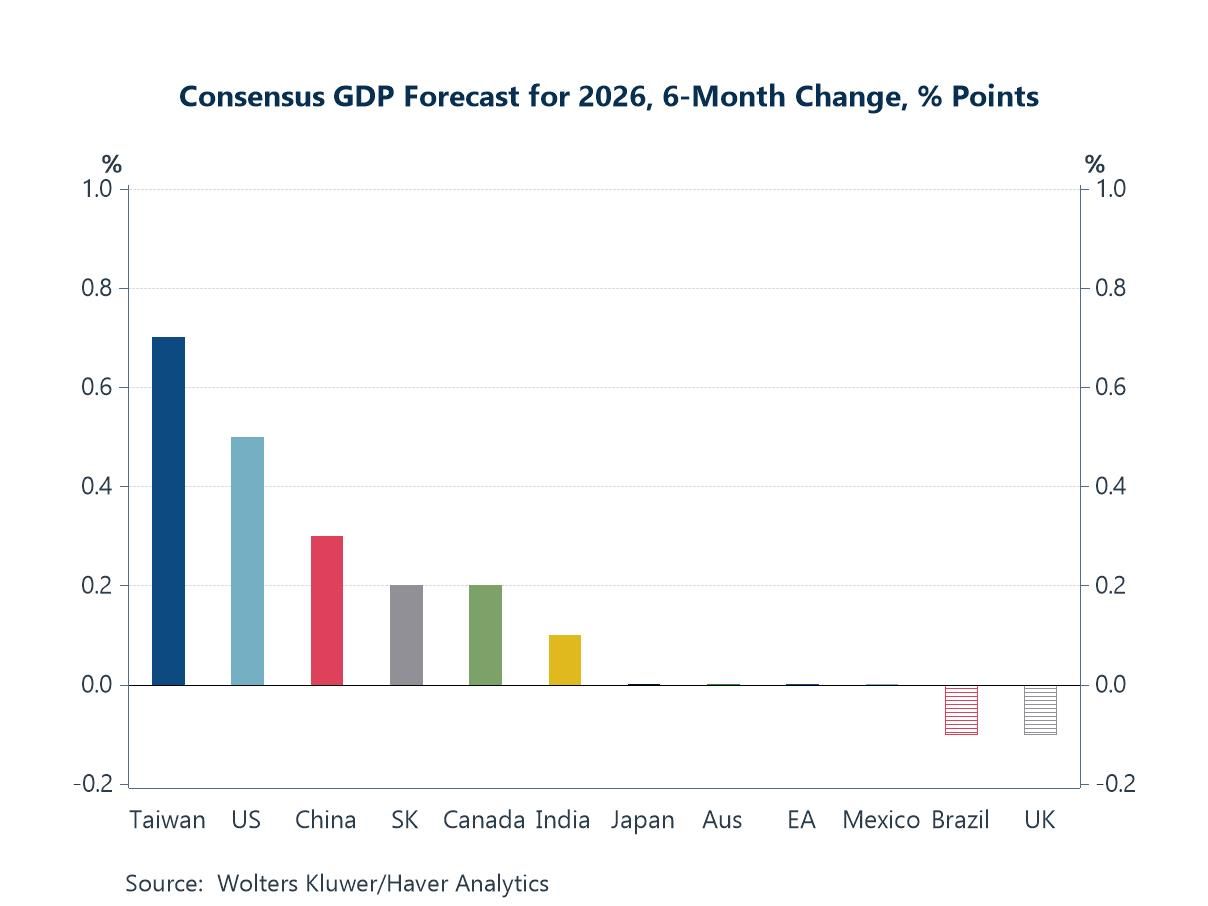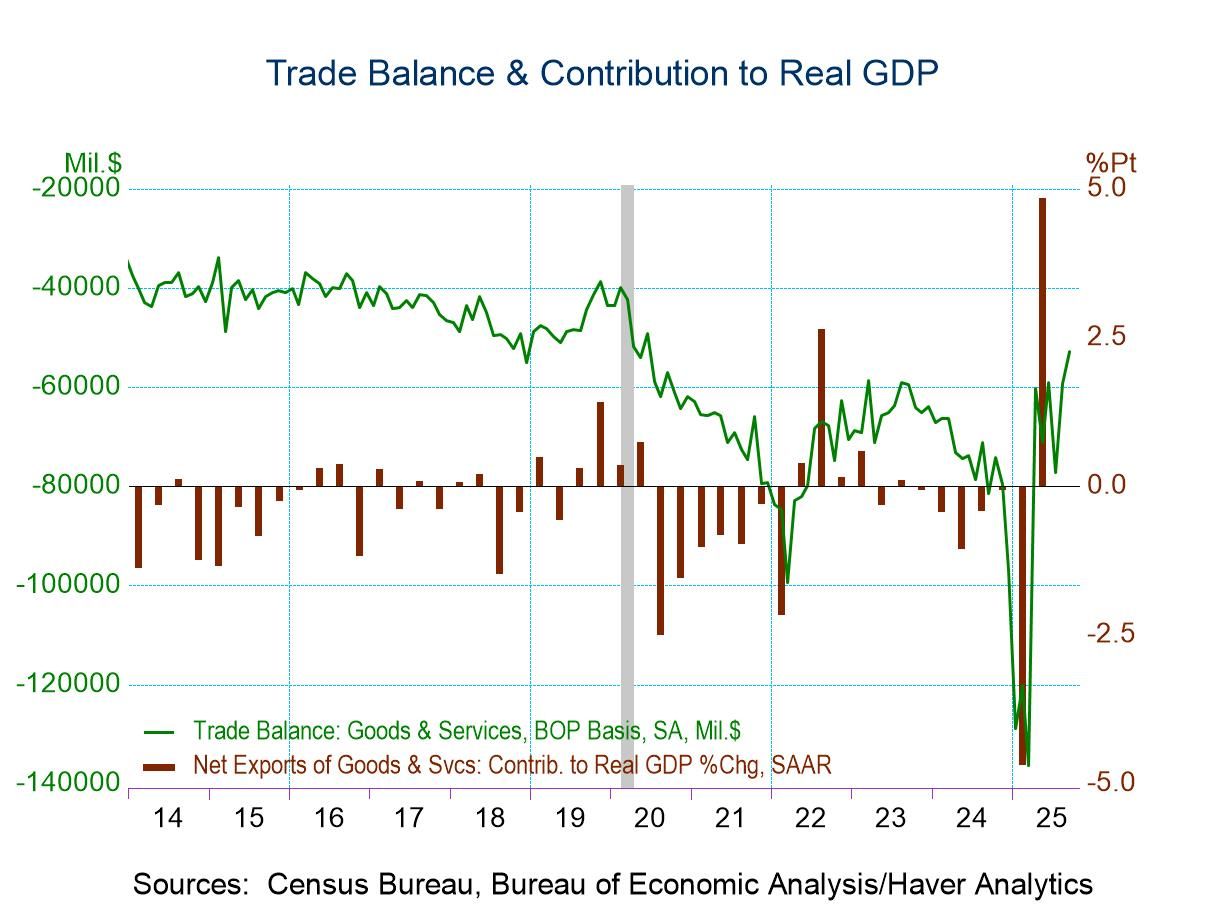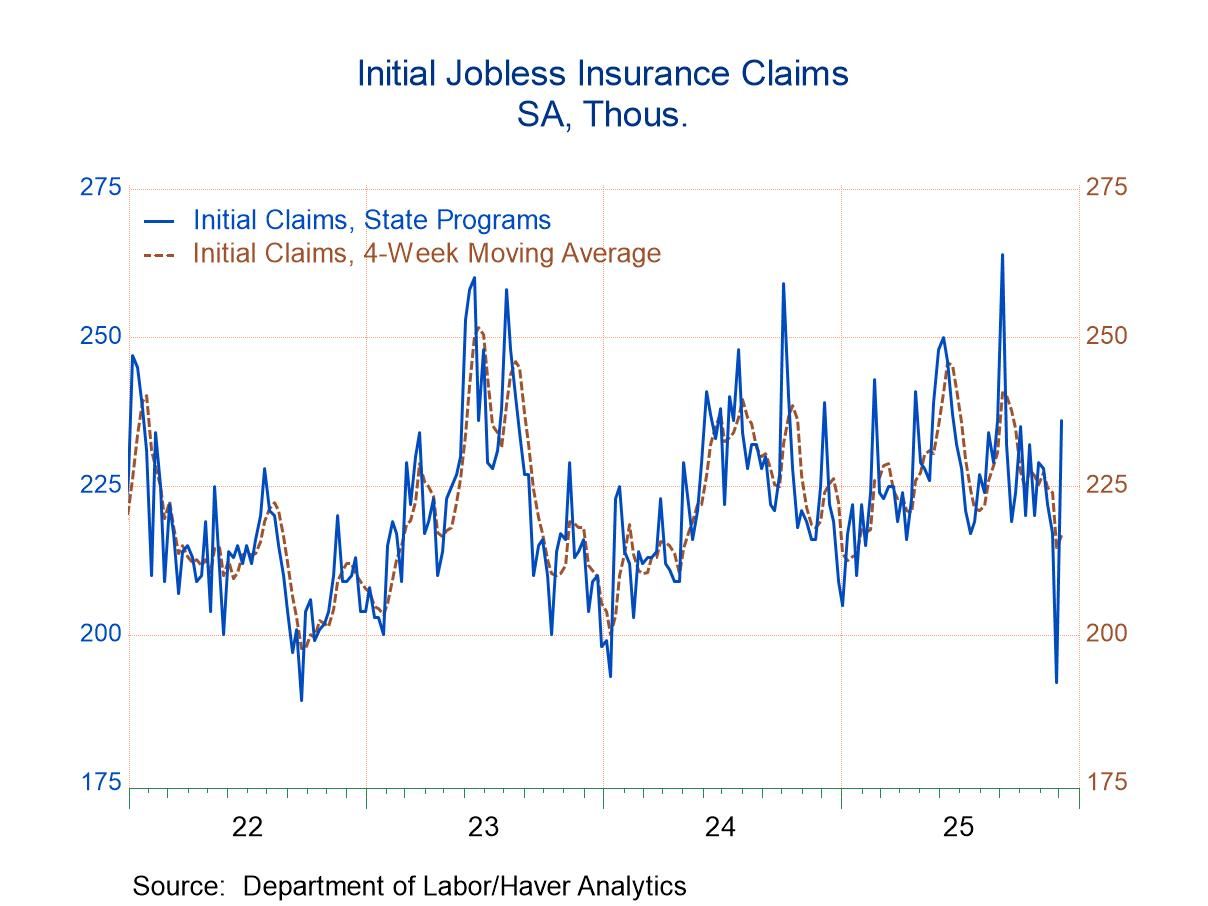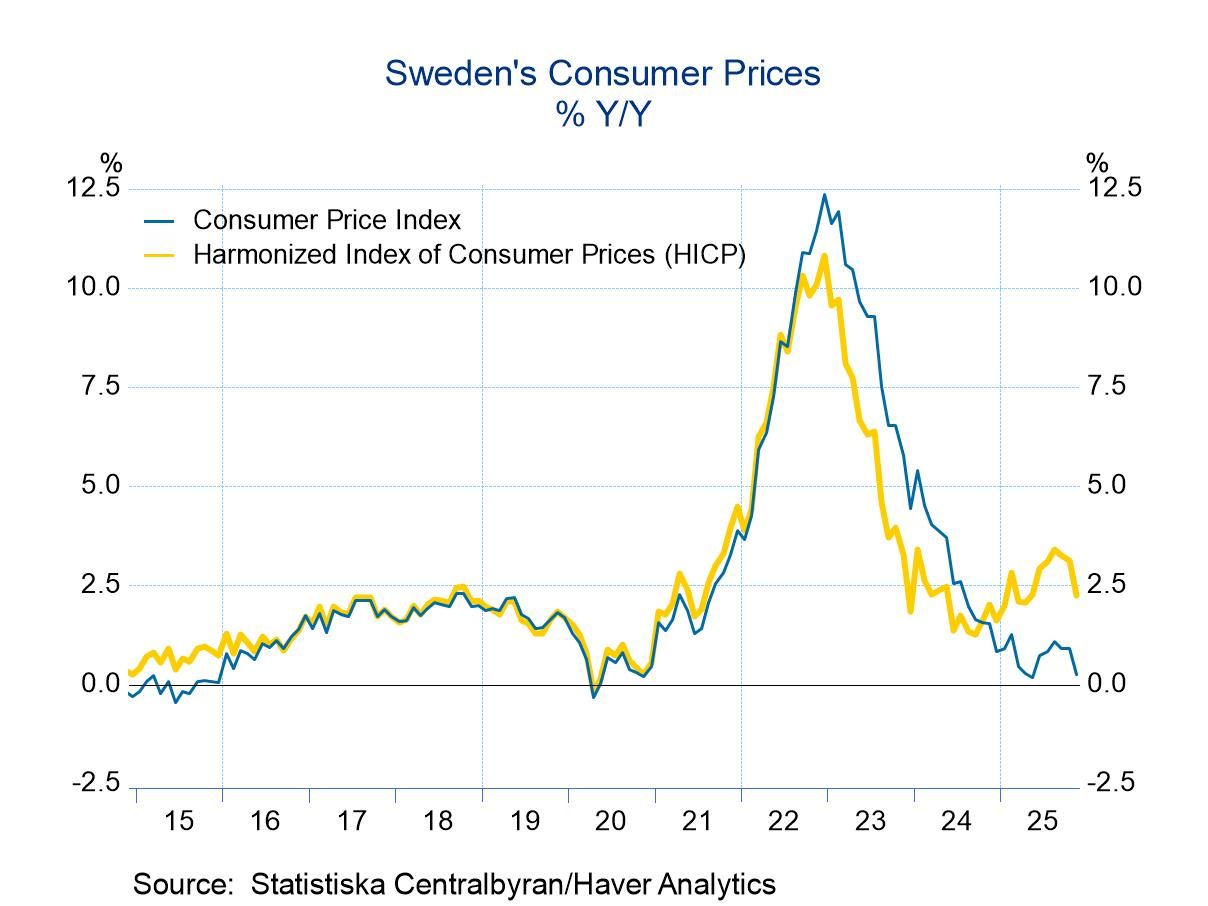 Global| Mar 15 2011
Global| Mar 15 2011Germany's ZEW Indicators: A Hint Of What The Impact Of The Japanese Earthquake Might Be On German Activity
Summary
Germany's ZEW Indicator of Economic Expectations, based on the opinions of institutional investors and financial analysts, fell 1.6 points from 15.7% in February to 14.1% in March. The slight drop hides a much more dramatic decline in [...]
 Germany's ZEW Indicator of Economic Expectations, based on the opinions of institutional investors and financial analysts,
fell 1.6 points from 15.7% in February to 14.1% in March. The slight drop hides a much more dramatic decline in expectations that
took place over period from February 28 to March 14, during which the survey was conducted.
Germany's ZEW Indicator of Economic Expectations, based on the opinions of institutional investors and financial analysts,
fell 1.6 points from 15.7% in February to 14.1% in March. The slight drop hides a much more dramatic decline in expectations that
took place over period from February 28 to March 14, during which the survey was conducted.
In its press release, the Institute commented on the changing sentiment of the participants in the survey with the passage of times. During the period from February 28 to March 3, 81 opinions were received. The excess of optimists over pessimists among these participants rose sharply to 22.5%. After the ECB hinted that it might raise interest rates earlier than expected because of rising inflation but before the Japanese earthquake--the period between March 4 and March 11--79 opinions were received. The balance between optimists and pessimists among these participants dropped to 12.6%. After the earthquake, during the period from March 11 to March 14, 110 opinions were received and the excess of optimists over pessimists among these participants fell to 9.1%.
The views of the 110 participants who reported in the March 11 to March 14 period are the first indications we have of what the financial community is thinking might be the possible effects of the Japanese earthquake for a particular country.
While the financial community in Germany has become less confident in its expectations for the future, it is still positive on the current economic situation. The balance of positive over negative opinions on current conditions rose slightly in March to 85.4% from 85.2% in February. Satisfaction with current conditions has risen sharply and steadily over the past year. In March of 2010, the pessimists regarding current conditions outweighed the optimists by 51.9%. Thus there has been a positive swing of 137.3 percentage points in the participants' views of current conditions between March 2010 and March 2011. On the other hand, expectations for the future began to drop after a high balance of optimists over pessimists of 53.0% was reached in April, 2010. By October, 2010, the pessimists regarding expectations outweighed the optimists by 7.2%. From then until now, optimists began to outweigh pessimists. Even so, there has been a 30.4 percentage point drop in the participants' expectations for the future over the past year. The ZEW indicators of expectations and current conditions are shown in the attached chart.
| ZEW Indicators | Feb 28- Mar 3 |
Mar 4- Mar 10 |
Mar 11- Mar 14 |
Mar 2011 |
Feb 2011 |
Mar 2010 |
M/M Chg |
Y/Y Chg |
|---|---|---|---|---|---|---|---|---|
| Economic Expectations | 22.5 | 12.6 | 9.1 | 14.1 | 15.7 | 44.5 | -1.6 | -30.4 |
| Current Conditions | -- | -- | -- | 85.4 | 85.2 | -51.9 | 0.2 | 137.3 |





